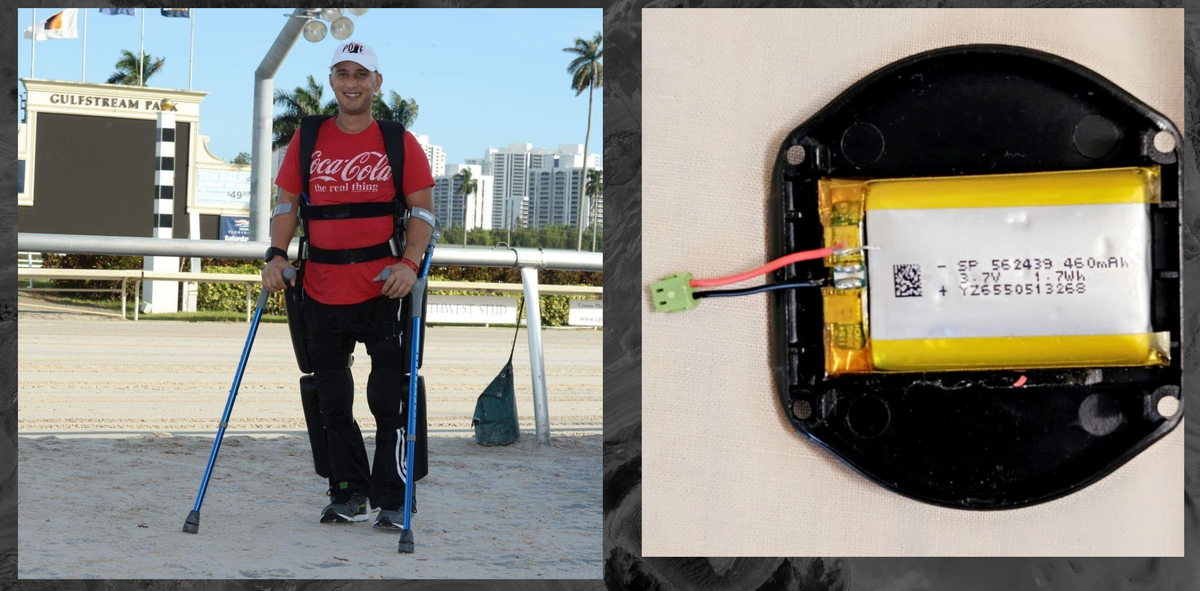- 50 Posts
- 171 Comments

 4·14 days ago
4·14 days agoThat’s after the merger.

 391·16 days ago
391·16 days agoWow, Boeing keeps finding new and interesting ways to be incompetent. They seriously need their entire C-suite replaced with engineering types.

 153·17 days ago
153·17 days agoIt’s one of the biggest tech corps making the argument. I feel ok about where I posted it.

 1·19 days ago
1·19 days agoWhich is why I said that I’m a purist. But whatever works, they’re both worth exploring. I got dug-in on my solution a decade ago and haven’t really had a reason to change once I learned it.

 6·19 days ago
6·19 days agoWinner. I’d forgotten about that.

 29·21 days ago
29·21 days agoI hadn’t considered that. He couldn’t get away with it now, but if the orange bad gets back into power and we go full-fash, I definitely think it’d be used against “enemies.”

 11·25 days ago
11·25 days agoNope. I have used WordPress on a blog or two, but I didn’t know what WP Engine was until a couple of weeks ago.

 13·29 days ago
13·29 days agoI see bumperstickers that say (paraphrasing), “I bought it before I knew Elon was an idiot.” Well, I’ve seen two: one online, one in real life. But my partner has also seen at least one in real life. So either the same car twice or two different cars.

 1·29 days ago
1·29 days ago404media is one of the best independent journalistic sites available. They started one year ago, so they aren’t especially well know, but they are a four person org that came from places like Vice.com and wanted to get out of the corporate bullshit. You should check out their non-paywalled articles.

 1131·30 days ago
1131·30 days ago“Matt’s war against WP Engine has been polarizing and upsetting for everyone in WordPress, but most of the WP community has been relatively insulated from any real effects. Putting a loyalty test in the form of a checkmark on the WordPress.org login page has brought the conflict directly to every community member and contributor. Matt is not just forcing everyone to take sides, he is actively telling people to consult attorneys to determine whether or not they should check the box,” the anonymous contributor I spoke to told me. “It is also more than just whether or not you agree to a legally dubious statement to log in. A growing number of active, dedicated community members, many who have no connection with WP Engine, have had their WordPress.org accounts completely disabled with no notice or explanation as to why. No one knows who will be banned next or for what… Whatever Matt’s end goal is, his ‘tactics,’ especially this legally and ethically ambiguous checkbox, are causing a lot of confusion and mental anguish to people around the world.”
This is the sort of behavior that causes irreparable damage to a brand. Psycho.
I love his podcast.

 21·1 month ago
21·1 month agoWtf is that even supposed to mean? Fuck off.
I guess in two years I’ll eat my words. Not really.

 4·1 month ago
4·1 month agoI think it enraged everyone, but when you’re already using a more secure system (Linux), the whiplash isn’t so surprising. Speaking as a non-Windows user, so just my outside observation.
As others have said, keep finding and building projects for yourself. Maybe get this book if you don’t have ideas of things you can build: Exercises for Programmers: 57 Challenges to Develop Your Coding Skills

 2·1 month ago
2·1 month agoFirst genuine chuckle of the day.

















Looks interesting. Marked it for exploration. Too many cool projects to explore and not enough time!